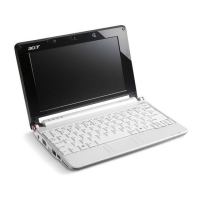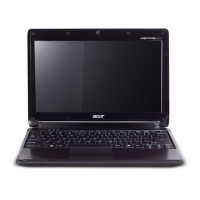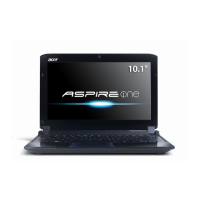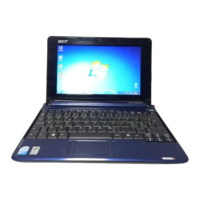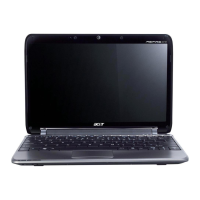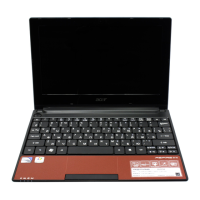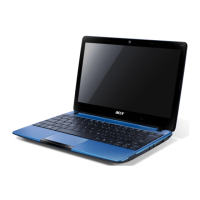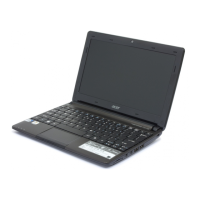How to troubleshoot sound problems on Acer Laptop?
- JJeremiah WashingtonJul 31, 2025
If your Acer Laptop experiences sound problems, start by rebooting the computer. If you recently updated the audio driver, roll it back to the previous version. Check that 'Speakers' are selected as the default audio device by navigating to Start > Control Panel > Hardware and Sound > Sound. If problems persist, remove and reinstall the audio driver.



